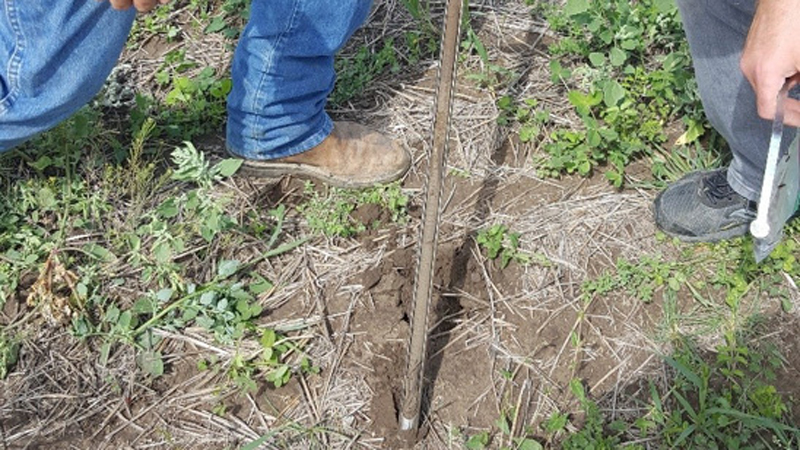SA Ranch moves cattle operation under the umbrella of Wild Sky Beef.
SA Ranch has decided to JV with Wild Sky Beef. The key tenets of this JV is formalizing our commitment to wildlife friendly ranching practices as well as beginning the process to ensure all SA Ranch cattle are fully “grass-fed” from start to finish. This update will provide links to Wild Sky cattle program and explain why you should care about grass fed beef.
Wild Sky Beef is an organization dedicated to both “grass fed” beef and sustainable wildlife conservation goals. You can see all the principles behind Wild Sky at http://wildskybeef.org/. We support raising awareness for “grass fed” beef and Wild Sky’s conservation and wildlife friendly focus is consistent with our overall sustainability agenda.
The health benefits of grass fed beef are widely known. Mother Earth News summarizes these health benefits as follows:
“The health claim is not speculation. Grass-fed beef and dairy products are leaner, but more importantly, lower in omega-6 fats that are linked to heart disease. Grass-fed meat and dairy products also are higher in beneficial omega-3 fats and conjugated linoleic acids. Both reduce the risk of heart disease.”
Prior to my “awakening” on how cattle are raised, on taste considerations alone, I was not a fan of the grass-fed beef I had sampled. We all have grown up with beef stuffed with feedlot grain and it is my view that the early grass-fed adopters did not have the formula figured out. I would urge you to try Wild Sky products for they are both healthy and the taste tests we have done have been convincing.
To give you a sense of the USA’s cattle market, in Montana a McDonald’s hamburger starts as calf born typically in early spring. All spring and summer, these calves are “grass-fed” as they graze on native range land and/or pasture and, by the fall, they will average around 600 pounds. Most calves are sold in the fall and they head to the mid-west because that is where the corn is grown. The cattle end up at large feedlots, known as Concentrated Animal Feeding Operations (CAFO). I won’t beat around the bush; CAFOs are horrible places that everyone (from vegans to almost-carnivores) can agree on. Cattle are forced to practically live on top of each other in their own manure. They are confined to tiny spaces with unlimited access to grain-based feeds (mainly corn) in order to fatten them up as fast as possible to harvest weights over 1,000 pounds. Corn is a very efficient way to put on weight and after only 6-18 months, the cattle are ready. Once weight gain slows, the cattle are systematically taken to the slaughterhouses which, in turn, produce fresh beef weekly for American consumers. This is how the majority (like 90%) of the cattle go to market. Beef fed corn in feedlots are not “grass fed” no matter how they began life. To be labeled “grass fed” in the grocery store, cattle has to be fed grass all the way through their lives meaning no grain based CAFOs.
There is a certain irony in explaining why cows that eat only grass are optimal. To start, the seven stomachs built into a cow’s anatomy are to process grass, they aren’t designed to metabolize corn for corn upsets the cow’s stomach. The pH-neutral environment of a cow’s stomach is suited to cellulosic grasses, not grain. As a result, corn creates an unnatural acidity in their gut, which makes the cow sick and allows parasites and diseases, including the bacteria E. coli, to flourish. To survive these diseases and unsanitary living conditions, corn gorged cattle are fed antibiotics like crazy and these antibiotics not only run out of the CAFOs and pollute water systems but they linger in the beef. The World Health Organization (WHO) recognizes that this “overuse and misuse of antibiotics in food animals” is actually now affecting human health as well as that of the animal. 80% of antibiotics used in the United States are used on animals. It is now believed that when we eat CAFO raised meat, the residual antibiotic resistant bacteria is ruining our own natural gut bacteria. When your human microbiome (gut bacteria) is out of whack, it may cause weight gain and many associated diseases.
Forcing an unnatural food into cows and pumping them full of anti-biotics should be enough to change our behavior but there is also a climate change issue here as well if we can get cattle out of the CAFOs. According to Cornell University’s ecology professor David Pimentel, to feed just one feedlot steer during its diminutive lifespan (12 to 24 months) uses roughly 284 gallons of oil. Yes, that’s just for one cow. Cows in feedlots do not eat organic grain because that is too expensive. The 284 gallons of oil is used to make the chemical herbicides and fertilizers required to grow the corn which is fed to the steer. In addition, cows contained in CAFO’s do not have the benefit of a balanced ecosystem, which would effectively mute the harmful impact of methane gasses that are emitted during the cow’s digestive process.
All these negatives around CAFO fed cattle should make the government focused on grass finished beef, right? Nope. Over the past decade the federal government has poured more than $50 billion into the corn industry, ensuring there’s enough corn feed available to fuel our exhaustive cattle industry and near as we can tell, there are no subsidies for natural cattle and the grass-fed process we embrace.

